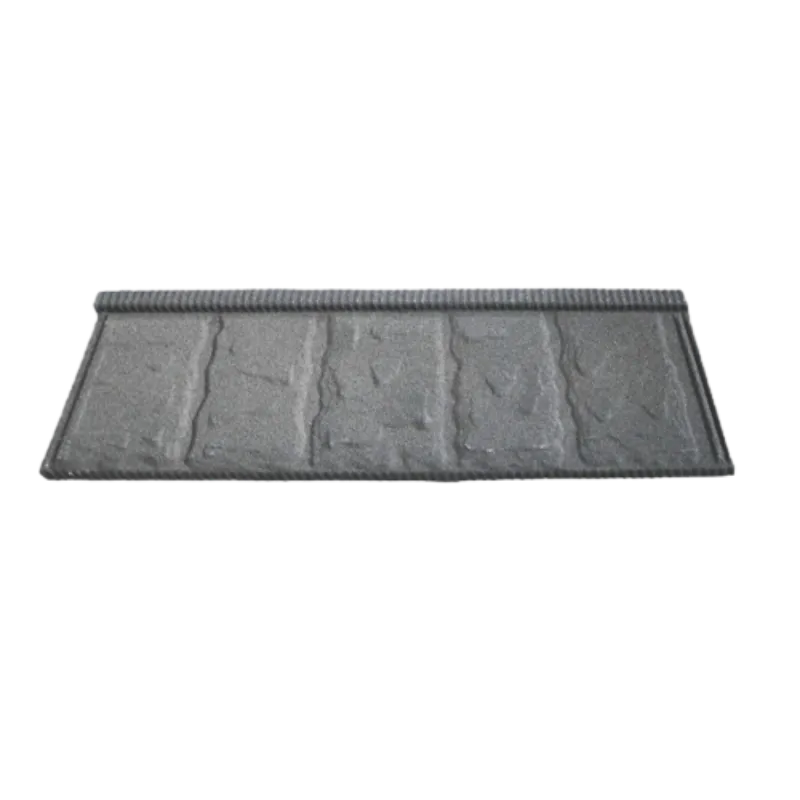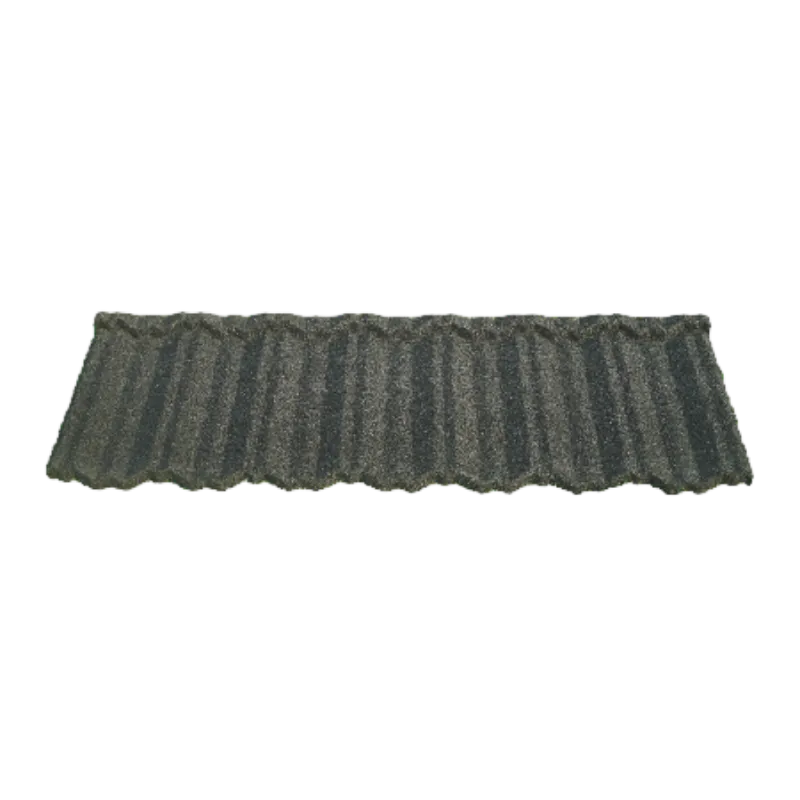
សីហា . 22, 2025 12:39 ត្រឡប់ទៅបញ្ជី
Innovations in Roof Cooling: Enhancing Efficiency and Comfort
House Roof Cooling Sheet has emerged as a transformative solution in maintaining optimal indoor temperatures, especially in regions with intense solar radiation. This specialized material integrates reflective properties with thermal insulation, creating a dual-layer defense against heat penetration. Unlike traditional roofing materials that absorb and retain heat, House Roof Cooling Sheet reflects a significant portion of sunlight, reducing the amount of thermal energy transferred to the building’s interior. Its design often includes a weather-resistant outer layer and an insulating core, ensuring durability while maximizing cooling efficiency. This combination makes House Roof Cooling Sheet suitable for both residential and commercial structures, offering a cost-effective way to lower reliance on air conditioning systems.
Roof Sheet Cooling technology focuses on optimizing heat dissipation through material science and structural design
By incorporating high-reflectivity pigments and breathable fabrics, Roof Sheet Cooling systems not only reflect sunlight but also facilitate the release of accumulated heat. This dynamic process prevents heat buildup during the day and accelerates cooling during the night, maintaining a more stable roof surface temperature. The flexibility of Roof Sheet Cooling materials allows them to adapt to various roof shapes, from flat to sloped, ensuring consistent performance across different architectural styles. Their lightweight nature also minimizes additional structural load, making them ideal for retrofitting existing buildings.
Roof Sheet Cooling Paint serves as a versatile complement to physical cooling sheets, providing an additional layer of thermal protection
Applied directly to roof surfaces, this paint contains ceramic or metallic particles that enhance solar reflectance and infrared emittance. Roof Sheet Cooling Paint adheres to most roofing materials, including metal, concrete, and asphalt, forming a seamless barrier that resists UV degradation and water penetration. Its application is straightforward, requiring minimal surface preparation, and it can be reapplied periodically to maintain effectiveness. This makes Roof Sheet Cooling Paint a popular choice for homeowners and facility managers seeking a low-maintenance cooling solution.
Roofing Cooling Sheet systems often incorporate advanced insulation technologies to further enhance their performance
These sheets are engineered with multi-layered structures, where reflective films work in tandem with foam or fiberglass cores to block heat transfer. Roofing Cooling Sheet designs prioritize both reflectivity and emissivity, ensuring that absorbed heat is quickly radiated back into the atmosphere rather than being conducted indoors. This balance is crucial in hot climates, where even small reductions in roof temperature can lead to significant energy savings and improved indoor comfort.
Rooftop Cooling Sheet installations are increasingly integrated with sustainable building practices, such as green roofs and solar panel systems
When combined with vegetation, Rooftop Cooling Sheet creates a synergistic effect: the sheet reflects sunlight, while plants absorb excess heat through transpiration. In solar installations, Rooftop Cooling Sheet placed beneath panels helps maintain optimal operating temperatures for the equipment, improving energy conversion efficiency. This adaptability makes Rooftop Cooling Sheet a key component in eco-friendly building designs.

Sandwich PUF Panel Roofing has emerged as a standout solution in industrial and commercial roofing, celebrated primarily for its exceptional thermal insulation capabilities that set it apart from traditional materials. Structurally, it consists of two robust metal sheets—typically galvanized steel or aluminum—sandwiching a dense polyurethane foam (PUF) core, a design that forms a formidable barrier against heat transfer. The polyurethane foam, known for its low thermal conductivity, effectively minimizes heat conduction through the panel, ensuring that internal temperatures remain stable even when external conditions swing from scorching heat to biting cold. This not only enhances energy efficiency by reducing reliance on heating or cooling systems but also creates more comfortable working or operational environments within warehouses, factories, shopping malls, and other large-scale structures.
Sun Reflecting Roof Sheets are designed to maximize solar reflectance, typically achieving reflectivity rates of 70% or higher. These sheets are often made from aluminum or coated steel, with surfaces treated to scatter sunlight rather than absorb it. Sun Reflecting Roof Sheets work by minimizing the absorption of short-wave solar radiation, which is the primary source of roof heating. Their durability ensures long-term performance, even in harsh weather conditions, making them a reliable investment for reducing cooling costs over time.
In summary, the array of cooling solutions—from House Roof Cooling Sheet and Roof Sheet Cooling systems to Sun Reflecting Roof Sheets and Sandwich PUF Panel Roofing—offers diverse approaches to managing roof heat. Each product addresses specific aspects of heat transfer, whether through reflection, insulation, or emissivity, and their combined use can create highly effective thermal barriers. As climate concerns drive demand for energy-efficient buildings, these innovations play a critical role in reducing carbon footprints while enhancing indoor comfort. By integrating these technologies, modern roofing systems are evolving into active contributors to sustainable living, proving that effective cooling can be both practical and environmentally responsible.
House Roof Cooling Sheet FAQs
1. How does a house roof cooling sheet help reduce indoor temperatures?
A house roof cooling sheet reflects up to 90% of solar radiation, significantly lowering heat absorption compared to traditional roofing materials. Its advanced reflective coating and thermal emissivity properties dissipate accumulated heat quickly, keeping the roof surface cooler and reducing heat transfer into the building. This results in lower indoor temperatures and reduced reliance on air conditioning.
2. What materials are commonly used in manufacturing a house roof cooling sheet?
A house roof cooling sheet is typically made from high-quality aluminum or polymer-based composites with specialized reflective coatings. These materials are UV-resistant, waterproof, and durable, ensuring long-term performance. Some versions incorporate ceramic or infrared-reflective pigments to enhance cooling efficiency while maintaining flexibility for easy installation.
3. Can a house roof cooling sheet be installed over an existing roof?
Yes, a house roof cooling sheet is designed for retrofitting and can be installed directly over most existing roofing surfaces, including metal, asphalt, or concrete. Its lightweight structure does not require structural reinforcement, and installation can be done using adhesives, fasteners, or interlocking systems, depending on the roof type.
4. How long does a house roof cooling sheet last under extreme weather conditions?
A high-quality house roof cooling sheet can last 10–15 years even in harsh climates, thanks to its weather-resistant coatings and UV stabilization. It withstands heavy rain, strong winds, and prolonged sun exposure without cracking or fading. Regular cleaning to remove dust and debris helps maintain its reflective efficiency over time.
5. Does a house roof cooling sheet contribute to energy savings?
By reducing roof surface temperatures by up to 30°C, a house roof cooling sheet minimizes heat transfer into the building, cutting cooling energy consumption by 15–30%. This leads to lower electricity bills and a smaller carbon footprint, making it an eco-friendly solution for both residential and commercial buildings.
-
Architectural Asphalt Shingles: Integration of Practicality, Economy, And Aesthetics
ព័ត៌មានAug.26,2025
-
The Importance of Bird Stop for Metal Roofing
ព័ត៌មានAug.26,2025
-
Roofing Granule: Composition, Function, and Application
ព័ត៌មានAug.26,2025
-
Granular Roll Roofing: Diverse Application Scenarios and Values
ព័ត៌មានAug.26,2025
-
Asphalt Shingles: a Long-Lasting Roofing Material
ព័ត៌មានAug.26,2025
-
Aluma Tile Metal Roofing: Excellent Performance and Aesthetic Value Coexist
ព័ត៌មានAug.26,2025







